Worm Gearbox for Bionic Prosthetic Limb Actuators
With the advancement in bionics and robotics, worm gearboxes are increasingly being employed to achieve precision movement in prosthetic limbs. In this article, we delve into the realm of worm gearboxes, their applications, and their suitability for bionic prosthetic limb actuators.
Understanding Worm Gearboxes
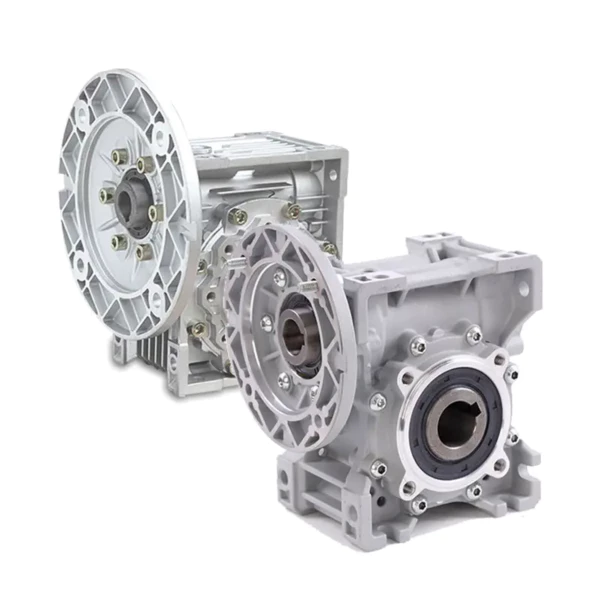
At the heart of a worm gearbox is the worm gear, a unique gear type that can turn a shaft at a right angle. This makes it a versatile and essential component in many types of machinery and applications, including bionic prosthetic limbs.
The Components of a Worm Gearbox
A worm gearbox comprises the worm gear and the worm wheel. The worm gear is the driving gear, and it meshes with the worm wheel to generate motion.
Functionality of Worm Gearboxes
Worm gearboxes function by allowing the worm gear to rotate the worm wheel. However, the worm wheel cannot turn the worm gear due to the angle of contact between the gears, providing a locking mechanism. This makes worm gearboxes ideal for applications that require precise control and positioning, such as prosthetics.
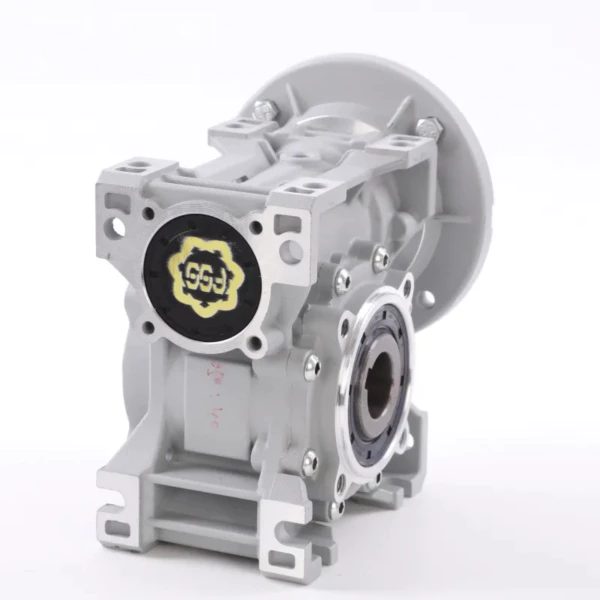
Why Worm Gearboxes are Suitable for Bionic Prosthetic Limb Actuators
Worm gearboxes are well-suited to bionic prosthetic limb actuators for several reasons:
- High Torque: Worm gearboxes provide high torque output, necessary for the movement of prosthetic limbs.
- Compact Design: Their compact design makes them ideal for integration into the limited space of a prosthetic limb.
- Self-Locking Mechanism: The self-locking mechanism of worm gearboxes ensures the limb retains its position even when not powered.
- Precision Control: Worm gearboxes allow for precision control and positioning, crucial for the functionality of prosthetic limbs.
- Low Noise: Worm gearboxes operate with minimal noise, enhancing the user experience of the prosthetic limb.
Working Principle of a Worm Gear Motor
The working principle of a worm gear motor involves an electric motor driving the worm gear. As the worm gear rotates, it turns the worm wheel, generating movement. This mechanism allows for significant torque amplification and speed reduction, which is useful in the application of prosthetic limbs.
Selecting the Right Worm Gear Reducer
Choosing the right worm gear reducer for a bionic prosthetic limb actuator involves considering several factors:

- Size: The reducer must fit within the spatial constraints of the prosthetic limb.
- Torque Requirement: The reducer must be able to provide the necessary torque for the movement of the limb.
- Speed Reduction Ratio: The reducer's speed reduction ratio must suit the desired movement speed of the limb.
- Material: The material of the reducer must withstand the stresses experienced during the limb's operation.
- Noise Level: The reducer should operate quietly for the comfort of the user.
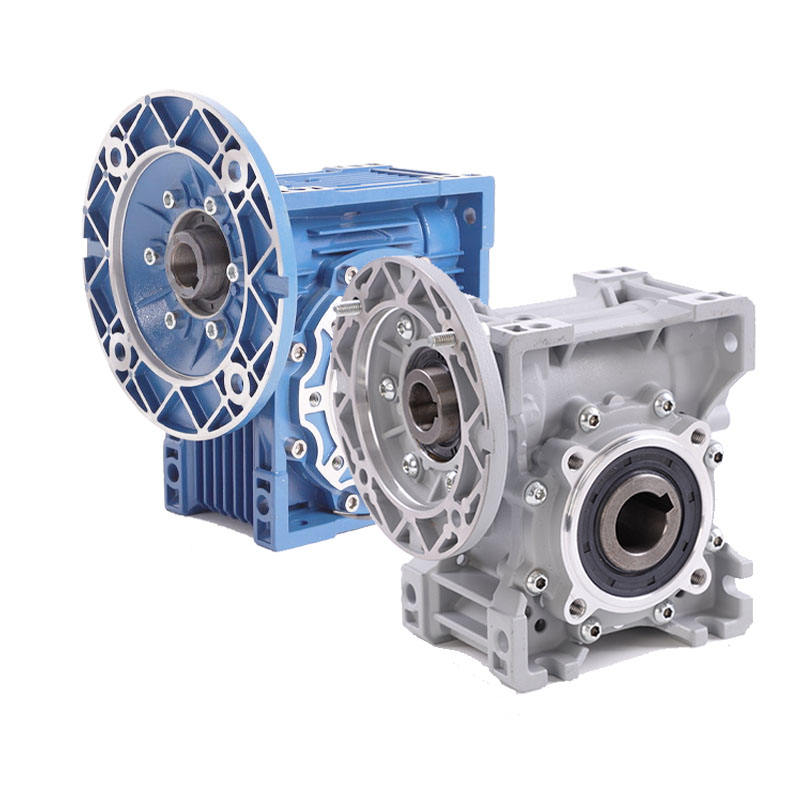
Motors for Worm Gear Reducers
Worm gear reducers and motors work in unison to produce the desired motion in an application. The motor drives the worm gear, which in turn rotates the worm wheel in the gearbox. Their symbiotic relationship ensures the efficient functionality of a prosthetic limb. We also offer a range of electric motors designed to work seamlessly with our worm gear reducers.
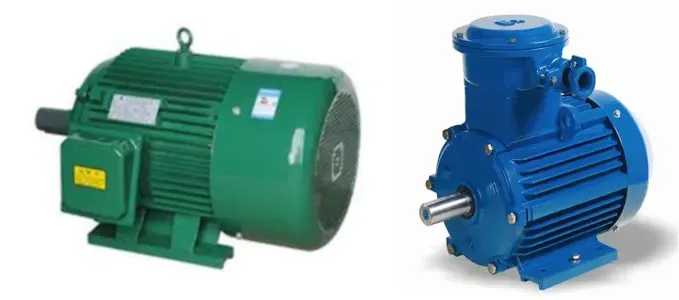
About Us
We are a comprehensive transmission equipment manufacturer with over 15 years of experience in the design, production, and manufacture of gearboxes. Our company serves customers in Europe, America, Africa, Asia, and beyond, earning their trust with our commitment to quality, service, and competitive pricing.
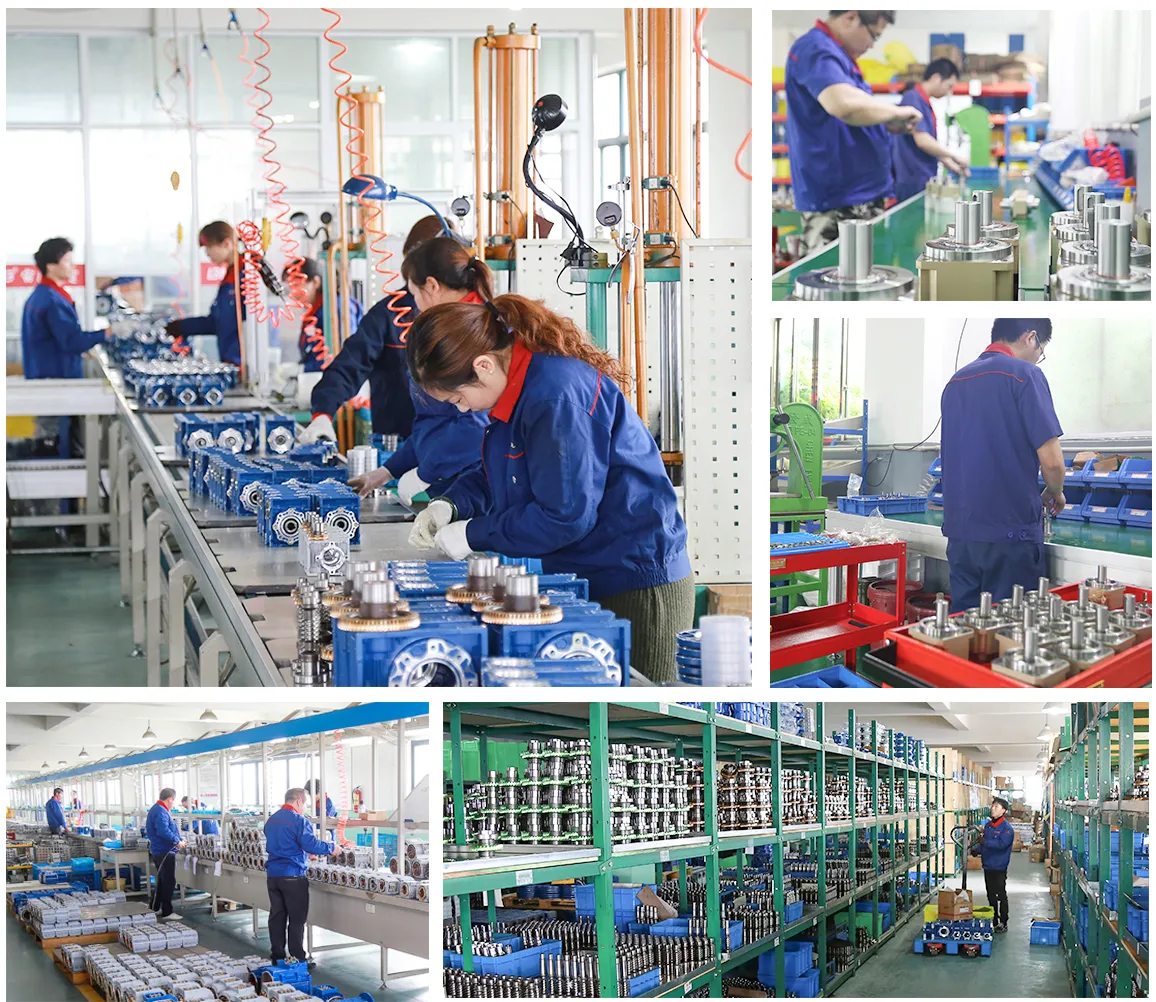
Explore our product range today and discover why our worm gearboxes are the preferred choice for bionic prosthetic limb actuators. Contact us now to make a purchase.
FAQs
1. What is a worm gearbox?
A worm gearbox is a type of gearbox that uses a worm gear and worm wheel to generate motion. It is used in a wide range of applications, including bionic prosthetic limbs, due to its high torque output and precision control.
2. Why is a worm gearbox suitable for a bionic prosthetic limb actuator?
A worm gearbox is suitable for a bionic prosthetic limb actuator because it offers high torque, a compact design, a self-locking mechanism, precision control, and quiet operation.
3. How do I select the right worm gear reducer for my application?
When selecting a worm gear reducer, consider factors such as size, torque requirement, speed reduction ratio, material, and noise level.
Edited by Zqq.
